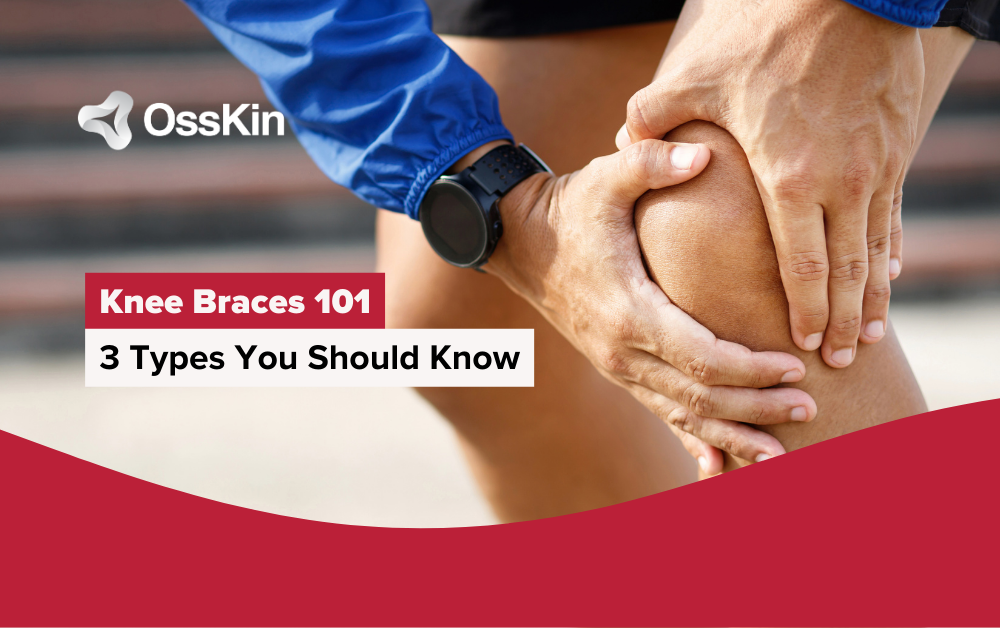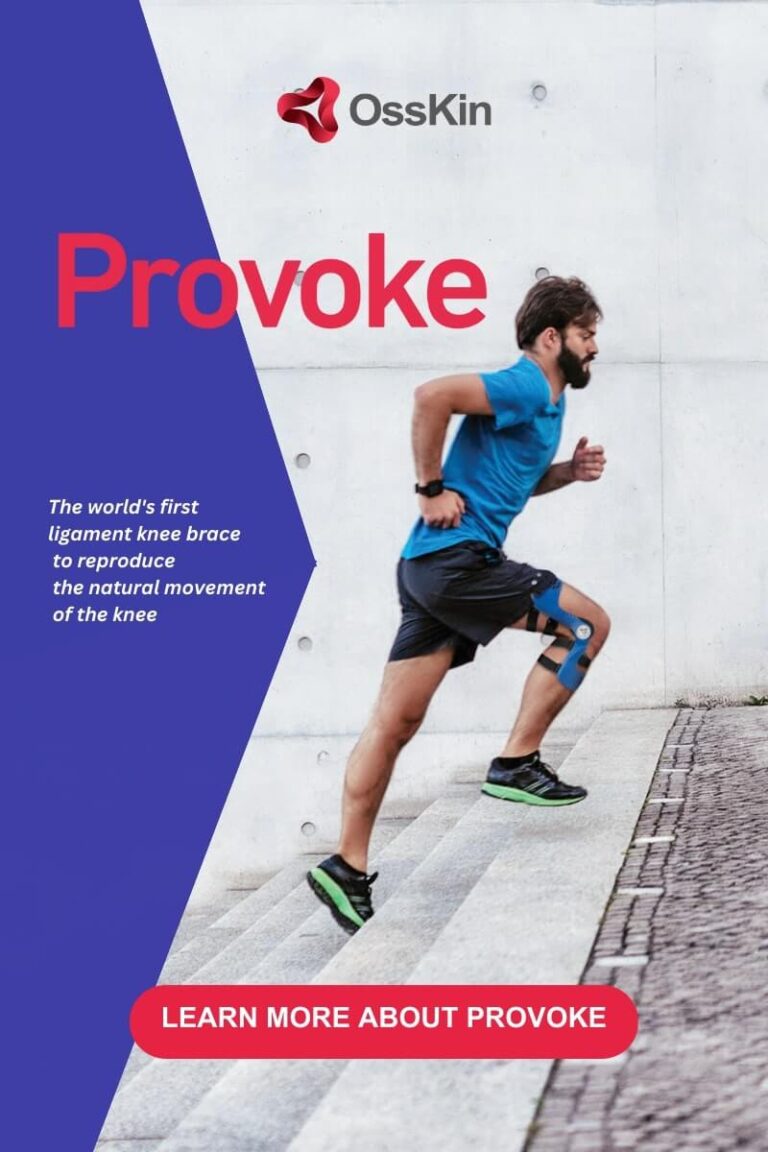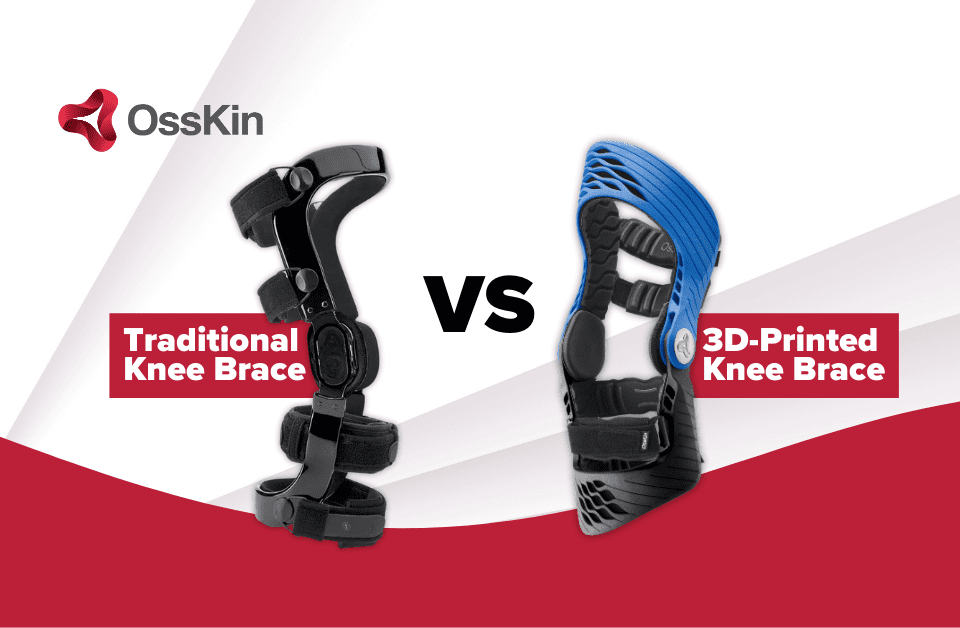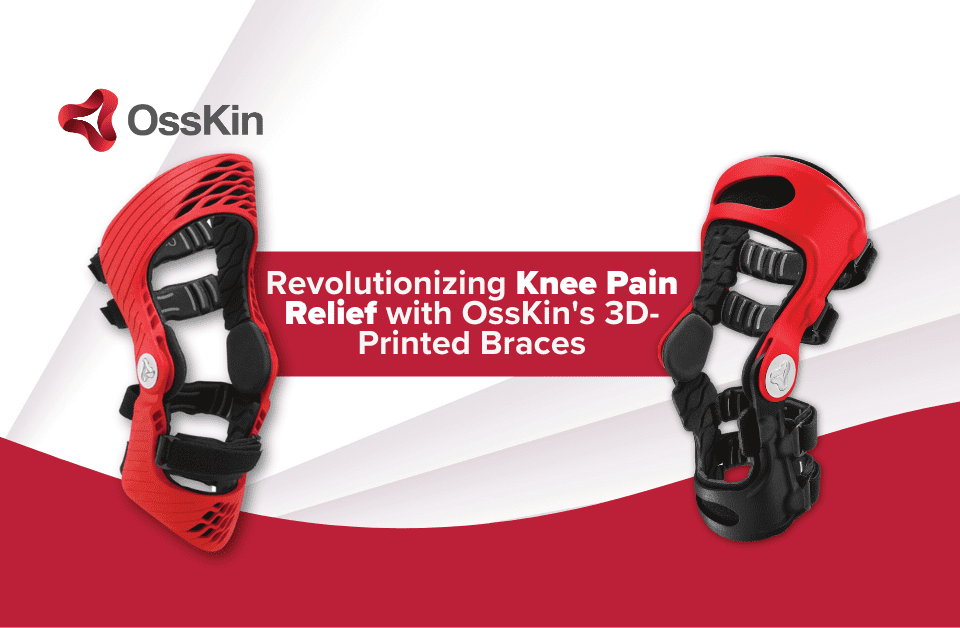Home > Innovation and Tech > 3 Common Types of Knee Braces

Knee problems come in a wide array of forms, affecting people from all walks of life. Meniscus injuries, ligament tears and chronic conditions like osteoarthritis that affect the bone and muscles, can have a dramatic impact on your day-to-day movement and quality of life. These conditions often manifest as pain, limited range of knee functions, and instability, hindering basic movements like walking or running.
In such cases, knee braces become more than just an option; they are essential for protection, stability, and proper alignment. Let’s take a look at what are the different types of knee braces available, and the injuries and conditions they aim to treat.
Navigating the wide range of options to find the ideal knee brace can feel overwhelming, particularly since each type is engineered with unique features tailored to address specific types of injuries. Whether you are in the post-surgery rehabilitation phase, dealing with a common injury, arthritis, or facing ongoing joint instability, selecting the appropriate brace can be crucial for effective treatment and comfort.
If you’ve ever suffered from ligament injuries such as ACL, PCL, or MCL tears, or from Osteoarthritis (OA) at the knee, you are likely familiar with hinged knee braces. These braces are usually the go-to option for people with ligament injuries, OA, or those recovering from knee surgery. They offer support and/or promote a certain alignment of the joint, enabling a natural range of motion while minimizing the risk of movements that could exacerbate the injury, such as hyperextension. The hinges on the sides mimic the joint’s natural flexion, offering optimal knee stability while protecting against further injury.
Non-hinged knee braces offer a flexible alternative tailored for less severe conditions, delivering a moderate level of stability without the mechanical rigidity often associated with hinged braces. These types of braces are particularly well-suited for individuals who need some level of support to alleviate mild knee pain or minor instability but want to maintain a greater range of motion for day-to-day activities or sports. The design allows for a more natural movement of the knee joints, making it a preferred choice for those who seek both support and the freedom to move without significant limitations.
A popular subset of non-hinged knee braces, compression sleeves and wraps are usually crafted from neoprene or other stretchy, elastic materials. They are particularly beneficial for individuals who are dealing with arthritis or experiencing swelling and inflammation in the knee joint. Not only do these sleeves offer targeted compression to alleviate inflammation, but they can also promote better blood circulation throughout the muscles and body.
Patellar straps are specialized support mechanisms specifically designed to be worn just below the kneecap. They are particularly effective for targeting conditions such as patellar tendonitis, commonly known as “runner’s knee.” By offering focused pain relief to patellar instability, this type of adjustable strap works to redistribute the force exerted on the tendon, thereby alleviating pressure points and facilitating more comfortable, pain-free movement. This targeted approach makes patellar straps an excellent choice for athletes or individuals who experience localized knee pain.
Wraparound braces are especially advantageous for individuals who are grappling with minor ligament strains, mild knee instability, or even early-stage arthritis. One of the standout benefits of these brace types is their level of adjustability. With easy-to-use Velcro straps or fasteners, wraparound braces allow you to fine-tune the level of support you need, ensuring a snug but comfortable fit. This feature provides a certain versatility, making it easier to adapt the brace for different activities or levels of exertion, whether you’re taking a leisurely walk or participating in physical therapy exercises.
For people with chronic pain (Osteoarthritis), bone or ligament injuries such as ACL, PCL, or MCL tears and other knee conditions, nothing beats the effectiveness of a custom knee brace. Tailored to the correct size and requirements of your knee, these custom braces offer unparalleled support and comfort. A custom unloader knee brace, such as OssKin’s EvokeTM, is an excellent example of this, designed to alleviate the symptoms of osteoarthritis by redistributing pressure away from the affected areas to healthier parts of the knee joint.
The ProvokeTM, the OssKin custom ligament knee brace, with its innovative design and its Asymmotion hinge system, is specially fabricated to achieve proper alignment and movement, offering significant protection to the healing or injured ligaments and improved mobility for day-to-day movement and physical activities.
According to Brigham and Women’s Hospital, more than 25% of Americans suffer from bone or joint health problems, making it the leading cause of physical disability in the United States. More specifically, nearly 50% of American adults develop knee osteoarthritis over their lifetime. A custom unloader braces can be incredibly effective in helping people with this condition.
The unloader braces are engineered to shift the weight-bearing load away from the arthritic area, thereby mitigating pain and improving movement. Recommended by healthcare providers, this makes these types of braces an excellent non-surgical alternative for those wondering what type of knee brace is best for knee osteoarthritis.
In summary, the many types of knee braces available cater to a broad spectrum of conditions and needs, ranging from meniscus injuries and braces for ligament instability to chronic conditions like osteoarthritis.
Each type of brace offers varying levels of support, protection, and range of motion, allowing individuals to choose based on their specific needs. While off-the-shelf options can offer immediate relief, nothing compares to the level of personalized support and clinical efficacy a custom knee brace can provide.
Whether for sports or everyday activities, consulting a healthcare provider for a custom-fit brace may offer the most reliable way to maintain an ordinary pace of life.

Share on



OssKin © 2024